HIP vs. Sintering: What’s the Difference and Why Does It Matter?
In the world of advanced manufacturing, especially when working with metals and ceramics, getting parts as strong and reliable as possible is critical. Whether you're building jet engine components, biomedical implants, or high-performance tooling, two techniques stand out for shaping and strengthening materials: Sintering and Hot Isostatic Pressing (HIP).
Though often used together, these processes serve different purposes — and understanding their differences can make all the difference in performance and quality.
What is Sintering?
Sintering is one of the foundational steps in powder metallurgy. Imagine taking powdered metal, compacting it into a mold, and then heating it to just below its melting point. At this temperature, the particles bond together without actually melting, creating a solid piece.
The end result is a part that holds its shape and has decent mechanical properties — but typically with some residual porosity (tiny internal air pockets). Most sintered parts reach about 90–95% density, which is good, but not always good enough for high-stress applications.
Enter HIP: Hot Isostatic Pressing
If sintering is like baking a cake from powder, HIP is the pressure cooker that follows. After the part is sintered (or even after casting or 3D printing), it's placed in a high-pressure chamber, surrounded by inert gas (usually argon), and subjected to extreme heat and pressure — often up to 2,000°C and 30,000 psi.
This combination of heat and isostatic (equal from all directions) pressure eliminates any remaining porosity, bringing the part to nearly 100% density. It enhances strength, fatigue resistance, and toughness — qualities critical in industries like aerospace, defense, energy, and medical.
HIP vs. Sintering: Key Differences
Sintering and HIP differ significantly in function and outcome. Sintering is primarily used to bond powdered particles into solid parts, typically without applying external pressure. HIP, on the other hand, applies both high temperature and high gas pressure to densify a part that has already been formed. While sintering generally achieves 90–95% density, HIP can bring a component to nearly 100% density. Sintering is more common in the early forming stages, while HIP is used later for final densification or post-processing. Both processes can be used on metals and ceramics, but HIP is particularly valuable for applications requiring the highest levels of strength, durability, and reliability.
When Do You Use Each?
Sintering is typically your first step in creating a part from powder. It’s fast and cost-effective for many applications. HIP is used when you need top-tier performance — removing micro-voids, increasing fatigue resistance, or improving corrosion strength.
Often, manufacturers use both in tandem: sinter the part to form it, then HIP it to optimize performance.
Why It Matters
With today’s demanding applications — from rocket nozzles to spinal implants — it’s not enough to just form a part. You have to optimize it for strength, reliability, and longevity. That’s where HIP stands out. While sintering lays the foundation, HIP finishes the job by transforming a good part into a great one.
In short: Use sintering to form your parts. Use HIP to perfect them.
Want to learn more about how HIP is used in specific industries or get help selecting the right post-processing method for your parts? Let’s talk.
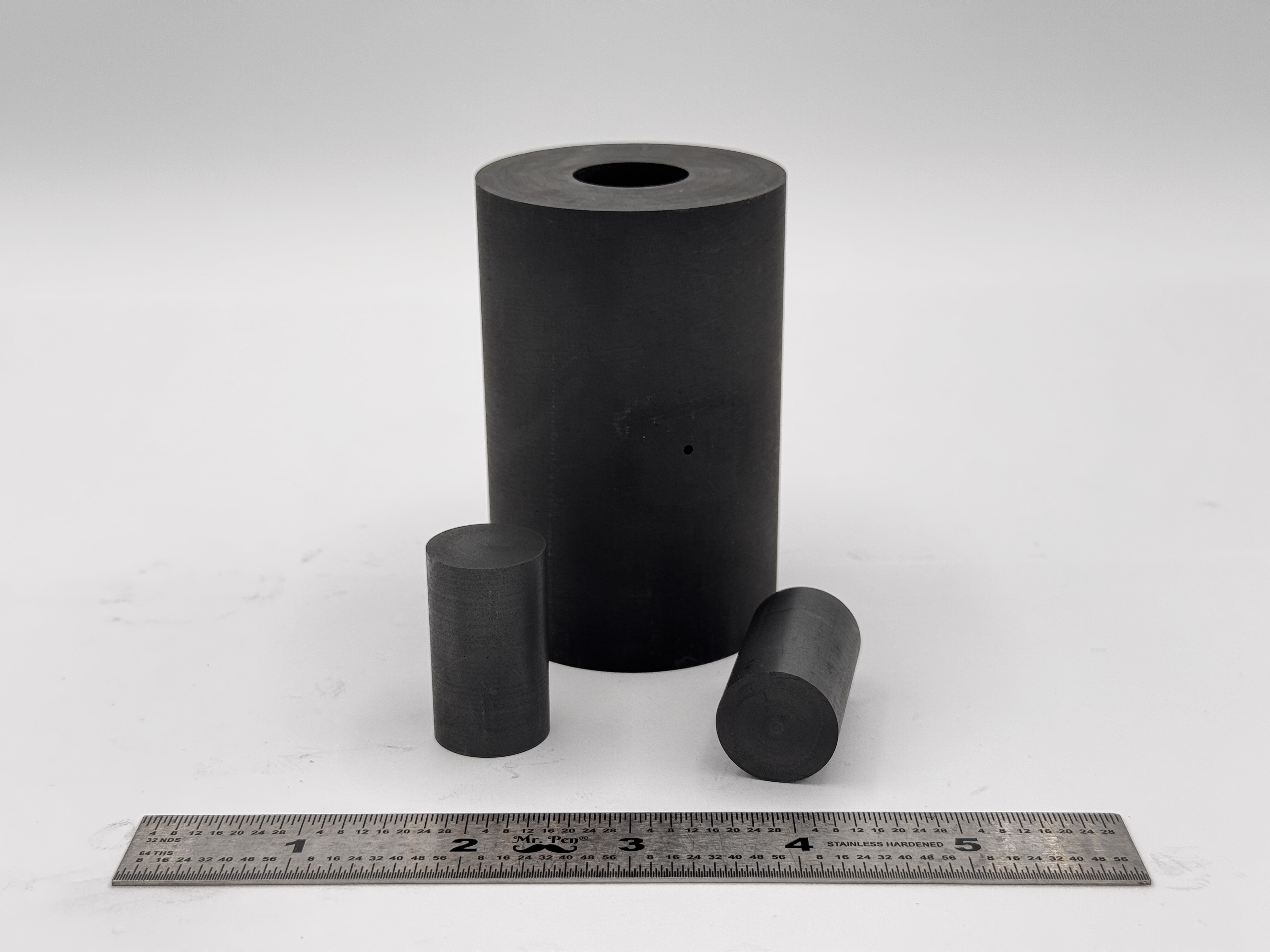 High Strength SPS Graphite Tooling
High Strength SPS Graphite Tooling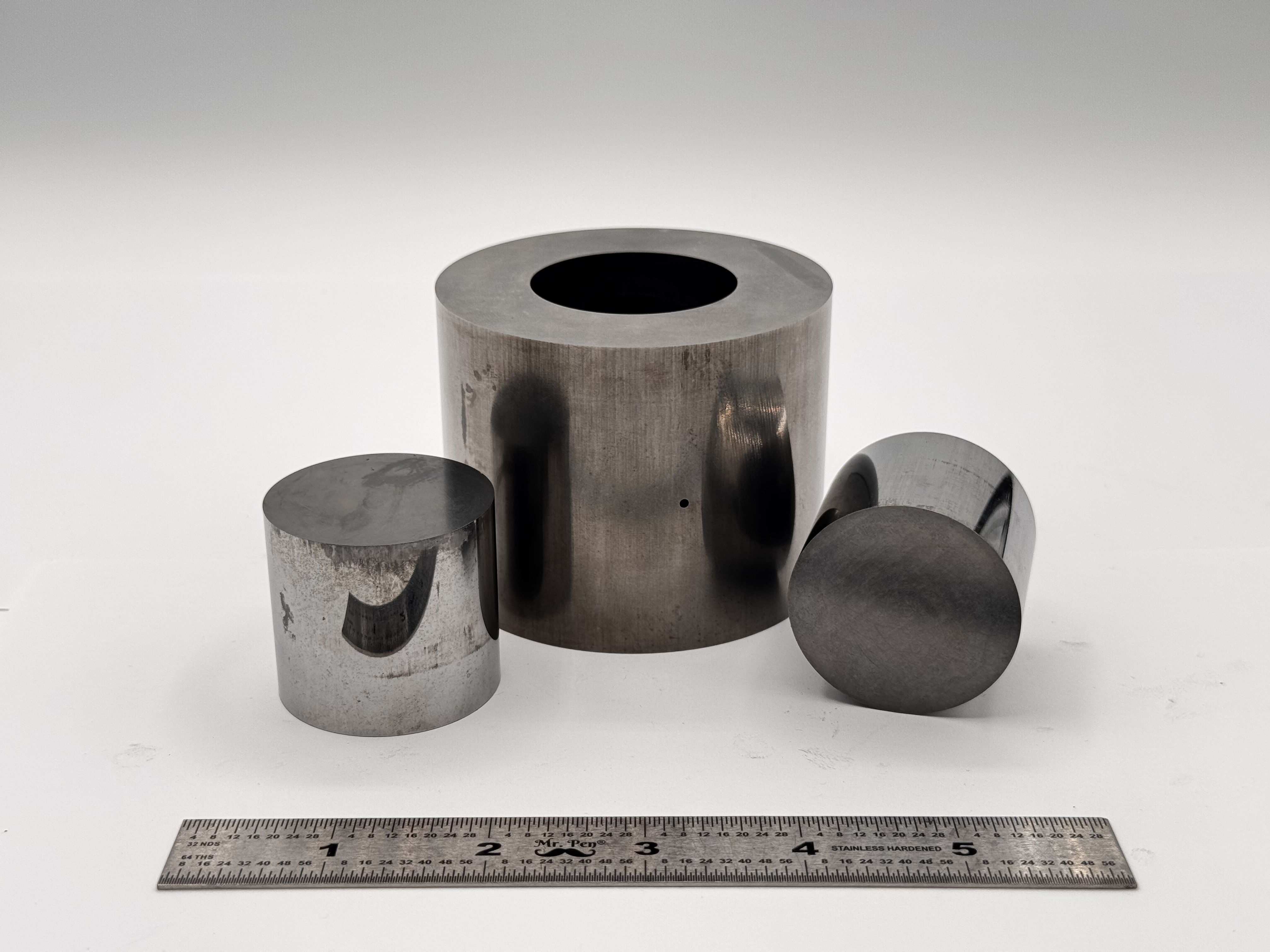 Tungsten Carbide Tooling
Tungsten Carbide Tooling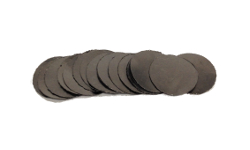 Carbon Graphite Foil / Paper
Carbon Graphite Foil / Paper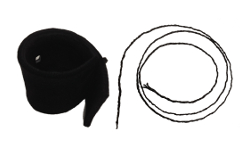 Carbon Felt and Yarn
Carbon Felt and Yarn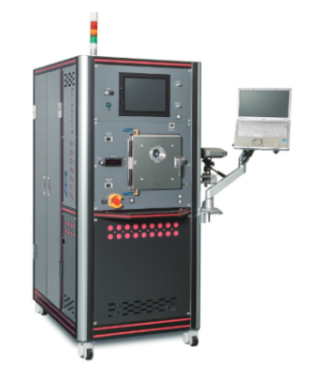 Spark Plasma Sintering Systems
Spark Plasma Sintering Systems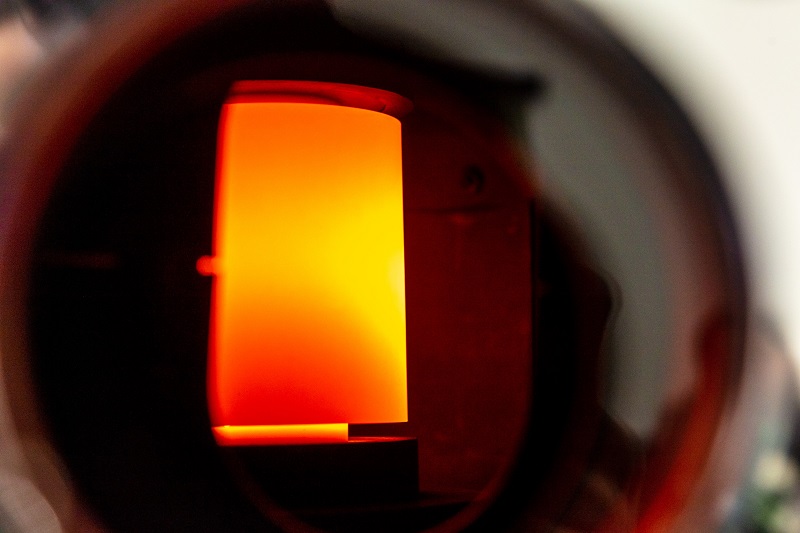 SPS/FAST Modeling Software
SPS/FAST Modeling Software